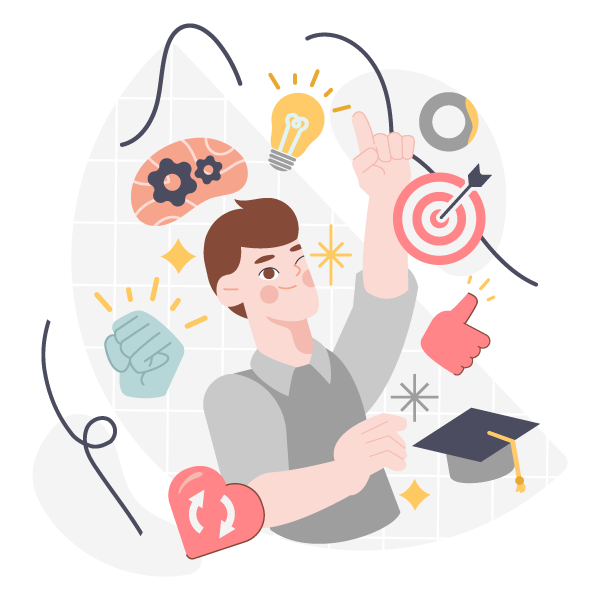While the rest of the world is making plans to eat better, exercise more, and spend less, the eLearning industry is making some resolutions of its own in 2015. After a banner year in 2014 (thanks to the $91 billion in global spending) the edTech market is expect to grow at a rate of 20 percent per year through 2017, according to IBIS Capital.
With edTech at the helm of eLearning innovation, perhaps it’s not what’s being developed, but how it’s being used. The trends in 2014 told us that edTech was emerging as a key player among other applications, delivery systems, and strategies. In 2015, we’ll see that edTech reigns supreme for creating and delivering engaging, personalized content on the fly.
Our resolution for 2015: Make the most of these edTech trends.
- eCredentials for eLearning
If a learner takes a course without anyone around, does he still get credit for it? It’s old “tree falling in the woods” adage and it’s a major concern for both learners and facilitators alike. Upon completing a course, a learner should get credit for the time and effort expended; it’s a form of experience-based currency.
That’s why we love the ideas of nano-degrees: Recognition for the various training and development received as part of a comprehensive L&D strategy. Nano-degrees are already being adopted by organizations like AT&T, Google, and Autodesk as a way to help entry-level employees find a long-term place within the company. Want to move up? Take courses, learn more, and gather nano-degrees to prove tech skills, take on new projects, and gain credentials.
- BYOD Wearable Tech
We know that wearable tech isn’t exactly breaking news for 2015, especially since 2014 meant smartwatches, fitness trackers, and Google Glass. But last year’s fascination with wearable tech will create a need for better-designed eLearning programs that take wearable tech into consideration. It’s still a “bring your own device” scenario: Organizations aren’t handing out wearable tech to employees for training purposes. But more and more employees are adopting the technology on their own time, which means harnessing its power for eLearning and training purposes should be a priority going forward.
- Big Data Improvement
Organizations are still configuring the best way to use massive blocks of data mined from sources like surveys, module usage statistics, and completion rates, but 2015 should paint a clearer picture. By properly evaluating gathered data, it’s possible to build a module that is highly personalized to each user’s learning style, as well as knowledge base, feedback, and real-time use statistics. To create a program that responds to each learner as an individual means increased engagement and information retention: The holy grails of eLearning.
- Contextual mLearning
Hey, mLearning is great for quick, on-the-go information. But mLearning makes the leap to the next level when it’s combined with contextual-based learning. Consider it the Foursquare of eLearning: A mobile phone that uses GPS and even QR codes to help a learner get definitive information when and where she needs it most. Expect organizations to make mLearning location-, interest-, and specialty-related going forward.
- Platform Agnosticism
Despite what any smartphone commercial would tell you, there’s not much disagreement on platforms in the eLearning world. Instead of creating an application with just one platform in mind, developers will spend more time developing eLearning applications and games that offer a full-featured experience across all platforms. After all, what’s the point of a beautifully-developed training app if it only works for iOS? Expect platform to play second fiddle to user experience.
Out with the old; in with the new, innovating, and exciting: That’s your eLearning resolution. After all, watching edTech evolve and adapt to learning applications is a lot more fun than resolving to swap donuts for carrot sticks.






